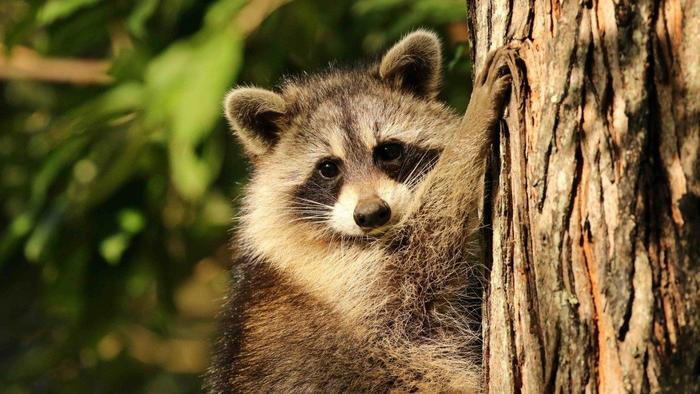At the height of the COVID-19 pandemic, Virginia Tech disease ecologists wondered if the virus was having the same effect on wildlife.

Credit: Photo by Joseph Hoyt for Virginia Tech.
At the height of the COVID-19 pandemic, Virginia Tech disease ecologists wondered if the virus was having the same effect on wildlife.
With the support of a $5 million grant from the U.S. Department of Agriculture’s Animal and Plant Health Inspection Service, principal investigator Joseph Hoyt and co-principal investigators Carla Finkielstein, Kate Langwig, and James Weger-Lucarelli will take an interdisciplinary approach to exploring the risk of SARS-CoV-2, the virus that causes COVID-19, infections in wildlife communities. These communities include common backyard species, such as white-footed and deer mice, opossums, squirrels, skunks, and raccoons.
“Our research will represent a foundational step for understanding the ecology of SARS-CoV-2 at the human-animal interface,” said Hoyt, assistant professor in the College of Science. “This work will provide important insights for both human and animal health.”
The project aims to answer important questions about the potential risks to public health posed by the virus in wildlife. Drawing from a deep bench of university expertise, the team will use mathematical modeling, field sampling, genomic surveillance, biochemical analysis, and immunological studies to address outstanding knowledge gaps.
“The idea is that this is a novel emerging disease not just of humans, but likely many North American species that have never been exposed to this before,” said Langwig, an infectious disease ecologist in the Department of Biological Sciences. “Interactions with people might be important in determining the dynamics of the system because we know humans are a primary host to be infected with SARS-CoV-2.”
Langwig’s role is to perform mathematical modeling on all the field data taken from individual wildlife communities. This includes sites with high human interaction, such as Greenway Park in Roanoke, and closed wilderness areas with limited interactions.
This modeling helps the team identify which species will be important in the community and the forces that are allowing the COVID-19 virus to be maintained in different species.
As the pathogen continues to evolve, it is critical for the team to evaluate different scenarios.
“Wildlife species have dramatically different life histories from humans and each other, which should significantly affect viral adaptations in novel ways,” Hoyt said. “Therefore, determining which species are most important in determining infection is of key importance.”
Examining SARS-CoV-2 infections, exposure, contact, and movement patterns between animals, Hoyt will evaluate species of key importance in the virus’ ecology as well as changes in viral prevalence to determine the seasonal risk of transmission.
Finkielstein is no stranger to adapting to the evolving pandemic landscape. As scientific director of the Virginia Tech Molecular Diagnostics Lab, she and her team processed between 1,600 and 2,000 COVID-19 tests a day at the facility in Roanoke during the height of the pandemic. For this study, she will use genomic approaches to discover novel variants and examine adaptation of variants to humans and animals.
“Genomic surveillance in wildlife is not merely a scientific endeavor, it’s a critical pillar of global health security,” said Finkielstein, professor in the Fralin Biomedical Research Institute at VTC and the Department of Biological Sciences in the College of Science.
“By investing in and prioritizing this surveillance, we not only gain insights into potential zoonotic threats like SARS-CoV-2 but also take proactive steps to protect both human and animal populations from future pandemics,” she said.
Weger-Lucarelli, assistant professor in the Department of Biomedical Sciences and Pathobiology at the Virginia-Maryland College of Veterinary Medicine, rounds out the team with his expertise in the areas of immunology and ribonucleic acid — a nucleic acid present in all living cells — viruses. This will help determine rates of prior exposure to different SARS-CoV-2 variants among different hosts.
“Our collective goal is to figure out previously uncharacterized species that may serve as reservoirs for SARS-CoV-2 and whether new variants are likely to emerge from animal communities, thus providing key information for public health surveillance programs,” said Hoyt.




